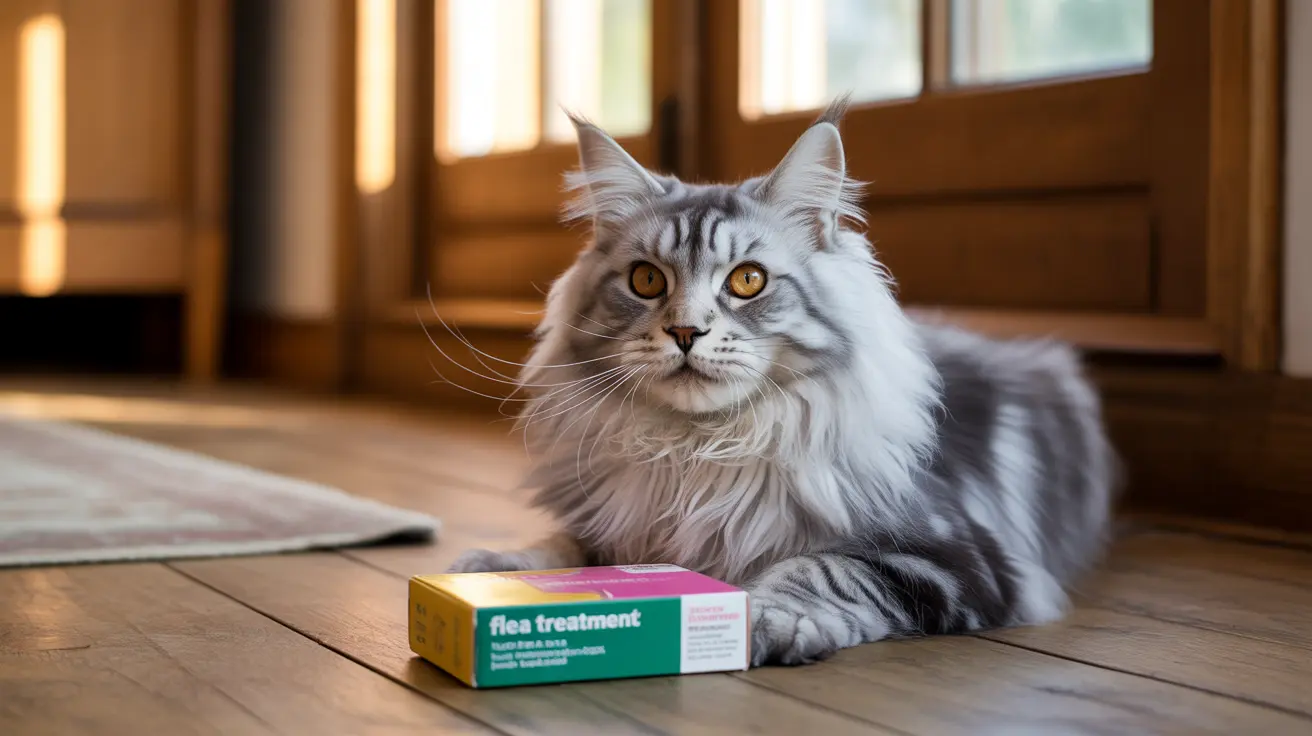What Is the Safest Fruit for Dogs? A Guide to Canine-Friendly Fruits
When it comes to treating your dog, fruits can provide a healthy and natural alternative to commercial snacks. Among the variety of fruits available, pears emerge as one of the safest and most nutritious options for dogs when prepared and served appropriately.
Why Pears Are Safe and Healthy for Dogs
Pears contain beneficial nutrients that contribute to your dog's overall health:
- Vitamin C and Vitamin A – Support immune function and vision
- Fiber – Aids digestion and promotes regular bowel movements
- Potassium and Copper – Support heart health and muscle function
- Antioxidants – Help neutralize harmful free radicals
Feeding your dog pears in moderation can be a great way to supplement their diet with essential nutrients while offering a refreshing treat.
How to Safely Prepare Pears for Dogs
Proper preparation is critical to ensuring that pears are safe for canine consumption. Here are key guidelines:
- Remove stems, cores, seeds, and leaves – Pear seeds contain traces of cyanide, which can be toxic in large quantities and pose a choking hazard.
- Wash thoroughly – Pear skins can have pesticide residues that must be removed.
- Cut into small, bite-sized pieces – This helps prevent choking and makes it easier for dogs to chew and digest.
- Serve fresh and raw – Avoid canned, preserved, or sugar-laden pear products.
The Importance of Moderation
Pears are high in natural sugars. It's crucial to limit portions to prevent gastrointestinal issues, weight gain, or complications in dogs with diabetes. Follow these general recommendations:
- Treats should make up no more than 10% of your dog's daily caloric intake
- Start small – Introduce pears slowly and monitor for adverse reactions
- Adjust portion size based on dog size – Extra-small dogs should receive only 1–2 bite-sized pieces, while large dogs may handle several pieces
When to Avoid Feeding Pears
While generally safe, there are situations in which pears should not be offered:
- For dogs with diabetes – High sugar content can cause glucose spikes
- In cases of known allergies – Although rare, allergic reactions can present as vomiting, diarrhea, or itchiness
- After eating pear seeds or unripe fruit – Contact a veterinarian immediately if ingestion occurs
Creative Ways to Serve Pears
If your dog enjoys pears, consider introducing them in fun and creative ways:
- Mixed with dog food – Add small pieces to your dog’s regular meal
- As a frozen snack – Frozen pear chunks make great summer treats
- In fruit smoothies – Blend pear with other dog-safe fruits like blueberries or bananas
- Homemade dog treats – Incorporate into bake-at-home dog biscuits or freeze-dried snacks
Other Safe Fruits for Dogs
While pears are an excellent choice, there are several other fruits that are equally safe when fed correctly. These include:
- Apples (cored and seedless)
- Bananas
- Blueberries
- Watermelon (seedless)
- Peaches (pitted)
Fruits That Should Be Avoided
Not all fruits are safe for dogs. Avoid feeding your pet the following:
- Grapes and raisins – Highly toxic and can cause kidney failure
- Cherries – Pit and leaves contain cyanide
- Citrus fruits – High acidity can upset the stomach
- Avocados – Contain persin, which is toxic to dogs
Consult Your Veterinarian
Before introducing any new food, including fruits like pears, it's always best to talk to your vet. This is especially important if your dog has:
- A specific medical condition
- An allergy history
- Prescription dietary needs
Pears can be a healthy, low-calorie treat option when given safely and in moderation. With proper preparation and portion control, this fruit can support your dog’s vitality while adding variety to their diet.
Final Thoughts
So, what is the safest fruit for dogs? The answer includes fruits like pears, which offer valuable nutrition with minimal risks when handled correctly. As part of a balanced treat regimen, pears can delight your pet and contribute positively to their wellness.





